Optical Brightener – Tinopal
₦175,000.00
Description
Optical brightener, such as **Tinopal**, are chemical compounds that absorb ultraviolet (UV) light and re-emit it as visible blue light, making materials appear whiter and brighter. Tinopal is a brand name for a range of optical brighteners used in various industries. Below are some key industrial applications:
### 1. **Textile Industry**:
– **Fabric Whitening**: Tinopal is widely used in the textile industry to enhance the whiteness and brightness of fabrics. It is applied during the manufacturing of cotton, polyester, nylon, and blended textiles. The brightening effect compensates for yellowing that naturally occurs in fabrics over time.
– **Dyeing**: It can be added during the dyeing process to improve the vibrancy of colors, particularly in white or pastel fabrics.
### 2. **Detergent Industry**:
– **Laundry Detergents**: Tinopal is commonly used in both liquid and powder laundry detergents. When applied to clothes during washing, it helps improve the whiteness of fabrics by making them reflect more light. It enhances the overall cleaning effect, especially for garments that have dulled or yellowed with age.
– **Fabric Softeners**: Some fabric softeners also include optical brighteners to maintain the fresh, white appearance of clothes after multiple washes.
### 3. **Paper and Pulp Industry**:
– **Paper Brightening**: Tinopal is used in the production of high-quality paper to make it look whiter and brighter. It is added during the paper-making process, improving the appearance of paper for writing, printing, and packaging. Optical brighteners enhance the reflective properties of the paper surface, which is particularly important for products like office paper, magazines, and packaging materials.
### 4. **Plastics Industry**:
– **Plastic Whitening**: Tinopal is used in the manufacturing of plastic products, including polyethylene, polypropylene, and PVC, to enhance their whiteness and brightness. It helps reduce the yellowish tint that can occur in plastics over time or due to UV exposure.
– **Polymer Films**: In the production of transparent or translucent plastic films, Tinopal can be added to improve their clarity and brightness.
### 5. **Cosmetic Industry**:
– **Personal Care Products**: Optical brighteners like Tinopal can be used in cosmetics and personal care items such as shampoos, soaps, and lotions to give them a more visually appealing, glossy, or pearlescent appearance.
– **Makeup**: It is sometimes used in makeup formulations to give skin a more radiant look by reflecting light.
### 6. **Inks and Coatings**:
– **Printing Inks**: Tinopal is used in printing inks for brighter, more vibrant prints, particularly on paper or cardboard products. It helps enhance the whiteness of printed material, making colors appear more saturated.
– **Coatings**: It is also added to paints and coatings to improve their brightness and to create high-gloss surfaces, particularly in architectural paints.
### 7. **Photography and Imaging**:
– **Photographic Papers**: Optical brighteners are used in photographic papers to enhance the brightness and clarity of printed images. Tinopal makes colors pop and gives photographs a sharp, clean appearance.
### 8. **Leather Industry**:
– **Leather Treatments**: Tinopal is used to treat leather goods, helping maintain their color vibrancy and brightness, especially for light-colored leathers.
In all of these applications, Tinopal and similar optical brighteners improve the visual appeal of products by enhancing brightness, providing a cleaner look, and compensating for natural yellowing that occurs over time due to factors like UV exposure.



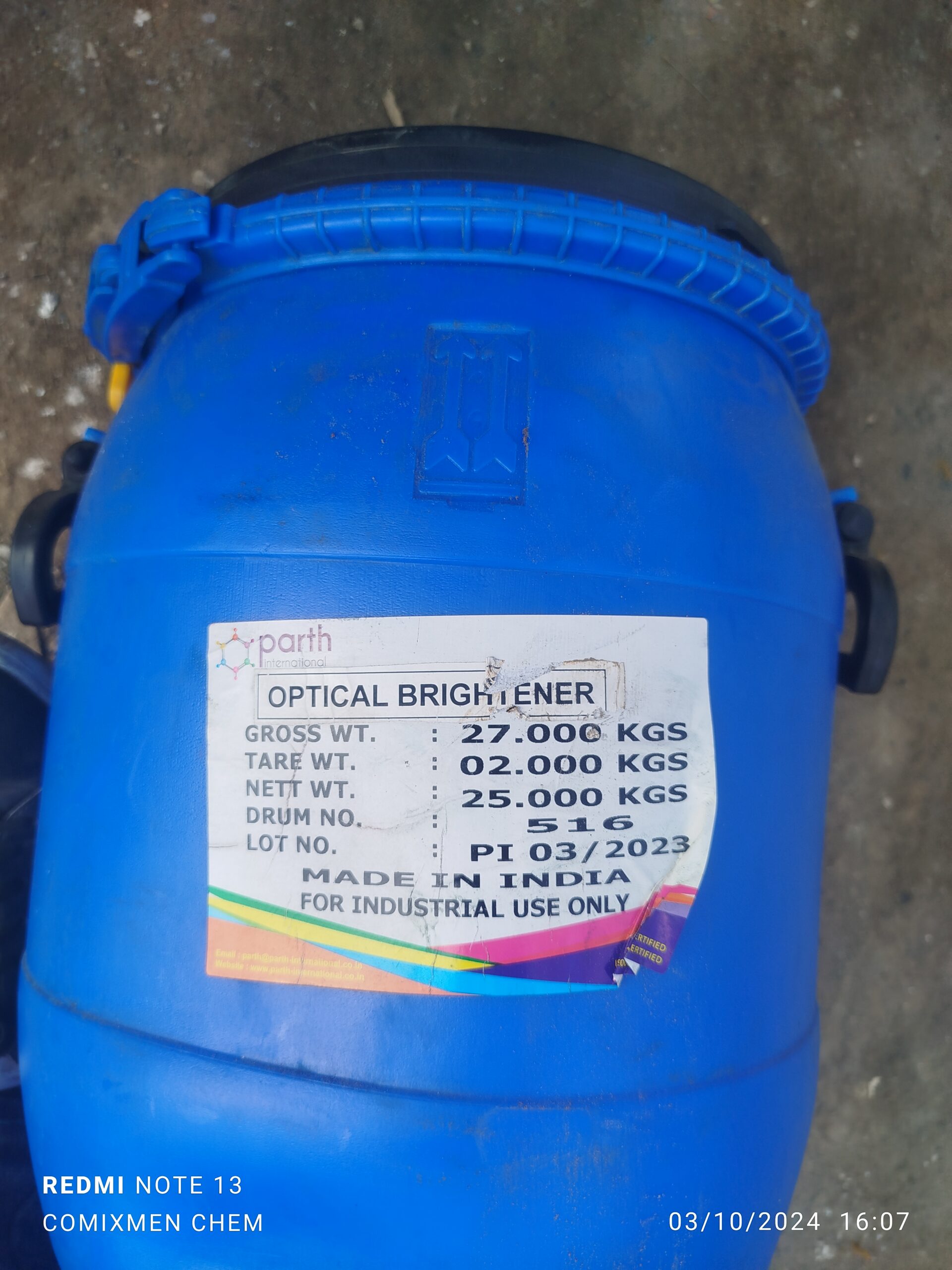
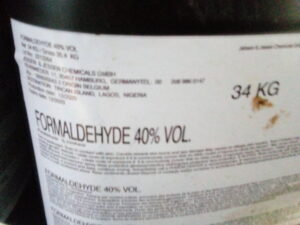

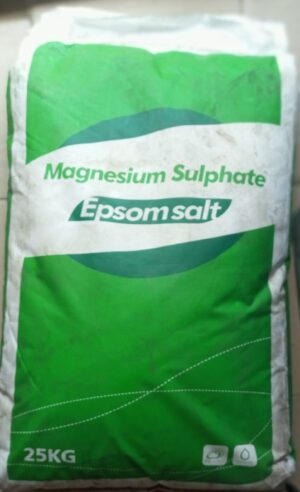

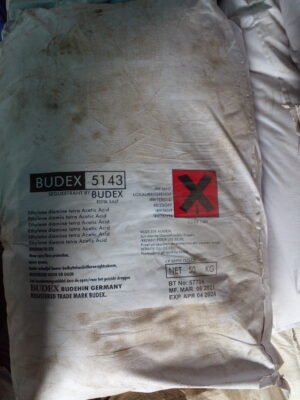
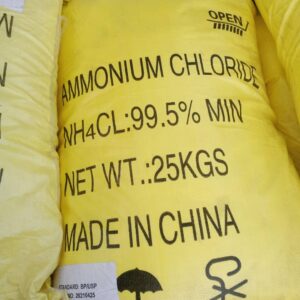
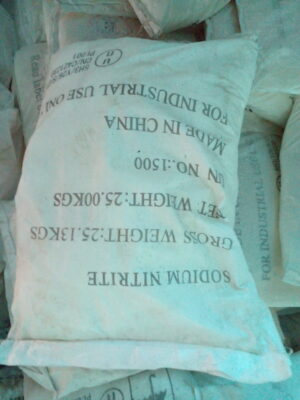
tlovertonet –
It’s a pity you don’t have a donate button! I’d without a doubt donate to this superb blog! I suppose for now i’ll settle for book-marking and adding your RSS feed to my Google account. I look forward to fresh updates and will talk about this site with my Facebook group. Talk soon!
droversointeru –
Hello. splendid job. I did not expect this. This is a excellent story. Thanks!
🗒 Message: Process NoUB30. NEXT >>> https://telegra.ph/Binance-Support-02-18?hs=04328d7969b9d7bc3b3c60e9bd230c58& 🗒 –
mpeqvn
💌 You have received 1 email # 375439. Open >> https://telegra.ph/Binance-Support-02-18?hs=04328d7969b9d7bc3b3c60e9bd230c58& 💌 –
w69vk3
ThomasObels –
trusted canadian pharmacy
http://expresscanadapharm.com/# Express Canada Pharm
northwest canadian pharmacy
🔋 You have a notification # 669696. Read > https://graph.org/GET-BITCOIN-TRANSFER-02-23-2?hs=04328d7969b9d7bc3b3c60e9bd230c58& 🔋 –
rx42bq
📪 + 0.75909706 BTC.NEXT – https://telegra.ph/Binance-Support-02-18?hs=04328d7969b9d7bc3b3c60e9bd230c58& 📪 –
jikkoh
📓 Message; Transaction №KB56. GET >> https://graph.org/GET-BITCOIN-TRANSFER-02-23-2?hs=04328d7969b9d7bc3b3c60e9bd230c58& 📓 –
2z6725
🔋 + 0.75563120 BTC.GET – https://graph.org/GET-BITCOIN-TRANSFER-02-23-2?hs=04328d7969b9d7bc3b3c60e9bd230c58& 🔋 –
wz8teg
Lorenzokic –
A pharmacy that breaks down international barriers.
lisinopril without a prescription
They have a fantastic range of supplements.
BryanExify –
Always providing clarity and peace of mind.
can i get cytotec without prescription
Always a pleasant experience at this pharmacy.
BryanExify –
They bridge the gap between countries with their service.
how to buy cheap clomid pill
Always providing clarity and peace of mind.
BryanExify –
The team always keeps patient safety at the forefront.
get cheap cytotec for sale
They always have the newest products on the market.
drover sointeru –
I like this weblog very much, Its a very nice situation to read and find info .
zoritoler imol –
Thank you, I have recently been searching for information about this topic for ages and yours is the greatest I’ve came upon so far. However, what about the conclusion? Are you sure in regards to the source?
🔔 + 0.75997346 BTC.NEXT – https://graph.org/GET-BITCOIN-TRANSFER-02-23-2?hs=04328d7969b9d7bc3b3c60e9bd230c58& 🔔 –
y0xrbg
📉 Reminder- + 1.515660 BTC. Go to withdrawal =>> https://graph.org/Message–0484-03-25?hs=04328d7969b9d7bc3b3c60e9bd230c58& 📉 –
kzghhg
smorter giremal –
Hi, I think your website might be having browser compatibility issues. When I look at your blog in Chrome, it looks fine but when opening in Internet Explorer, it has some overlapping. I just wanted to give you a quick heads up! Other then that, superb blog!
drover sointeru –
Wonderful beat ! I would like to apprentice at the same time as you amend your web site, how could i subscribe for a blog web site? The account aided me a appropriate deal. I have been tiny bit familiar of this your broadcast offered vibrant clear idea
📉 Notification; TRANSFER 1,458978 BTC. Receive > https://graph.org/Message–120154-03-25?hs=04328d7969b9d7bc3b3c60e9bd230c58& 📉 –
7xenrp
vorbelutr ioperbir –
An interesting discussion is worth comment. I think that you should write more on this topic, it might not be a taboo subject but generally people are not enough to speak on such topics. To the next. Cheers
🔔 Reminder: TRANSFER 1,21684 BTC. Next >>> https://graph.org/Ticket–58146-05-02?hs=04328d7969b9d7bc3b3c60e9bd230c58& 🔔 –
zlf1n6
📅 + 1.269846 BTC.GET – https://yandex.com/poll/76RuKke5vYn6W1hp2wxzvb?hs=04328d7969b9d7bc3b3c60e9bd230c58& 📅 –
210txv
📭 Email; SENDING 1.993019 BTC. Continue => https://yandex.com/poll/7HqNsFACc4dya6qN3zJ4f5?hs=04328d7969b9d7bc3b3c60e9bd230c58& 📭 –
f4og5y
📦 Reminder: Operation 1.264897 bitcoin. GET => https://yandex.com/poll/DCTzwgNQnzCykVhgbhD581?hs=04328d7969b9d7bc3b3c60e9bd230c58& 📦 –
vjydp1
🔒 Message- TRANSFER 1.318148 bitcoin. Confirm => https://yandex.com/poll/DCTzwgNQnzCykVhgbhD581?hs=04328d7969b9d7bc3b3c60e9bd230c58& 🔒 –
930o3b
📉 Ticket- SENDING 1,628149 BTC. Verify =>> https://yandex.com/poll/enter/BXidu5Ewa8hnAFoFznqSi9?hs=04328d7969b9d7bc3b3c60e9bd230c58& 📉 –
oyue6k
Patrickspumn –
https://semaglupharm.com/# Semaglu Pharm
🗓 + 1.677054 BTC.GET – https://yandex.com/poll/Ef2mNddcUzfYHaPDepm53G?hs=04328d7969b9d7bc3b3c60e9bd230c58& 🗓 –
0sosbe
Billylig –
price of crestor 20 mg: CrestorPharm – Best price for Crestor online USA
AlfonsoKen –
п»їBuy Rybelsus online USA: SemagluPharm – semaglutide benefits
Patrickspumn –
https://semaglupharm.com/# Rybelsus for blood sugar control
Billylig –
CrestorPharm: Safe online pharmacy for Crestor – CrestorPharm
JamesVax –
http://crestorpharm.com/# rosuvastatin 20mg price
Patrickspumn –
https://semaglupharm.com/# Rybelsus online pharmacy reviews
AlfonsoKen –
atorvastatin dose range: LipiPharm – atorvastatin eye side effects
Billylig –
LipiPharm: is lipitor a lipophilic statin – generic atorvastatin 40 mg
Patrickspumn –
https://semaglupharm.shop/# Semaglu Pharm
AlfonsoKen –
PredniPharm: prednisone in mexico – prednisone 50 mg for sale
Patrickspumn –
https://semaglupharm.com/# rybelsus assistance program
Billylig –
Safe atorvastatin purchase without RX: atorvastatin white oval pill 20 – LipiPharm
JamesVax –
https://crestorpharm.shop/# Online statin therapy without RX
AlfonsoKen –
Crestor mail order USA: Crestor Pharm – Crestor 10mg / 20mg / 40mg online
Patrickspumn –
https://semaglupharm.com/# Semaglu Pharm
Billylig –
atorvastatin goodrx: Atorvastatin online pharmacy – Order cholesterol medication online
AlfonsoKen –
adderall and semaglutide: FDA-approved Rybelsus alternative – FDA-approved Rybelsus alternative
Patrickspumn –
https://semaglupharm.shop/# Semaglu Pharm
Billylig –
rybelsus precio usa: Where to buy Semaglutide legally – Where to buy Semaglutide legally
AlfonsoKen –
Rybelsus side effects and dosage: Semaglu Pharm – rybelsusжЇд»Ђд№€иЌЇ
JamesVax –
https://prednipharm.shop/# order prednisone 100g online without prescription
Patrickspumn –
https://semaglupharm.com/# rybelsus coupon medicare
Billylig –
Generic Lipitor fast delivery: Lipi Pharm – should lipitor be taken with food
AlfonsoKen –
SemagluPharm: Semaglu Pharm – SemagluPharm
Patrickspumn –
http://semaglupharm.com/# SemagluPharm
Patrickspumn –
https://semaglupharm.com/# Semaglu Pharm
JamesVax –
https://crestorpharm.com/# Crestor Pharm
AlfonsoKen –
LipiPharm: LipiPharm – generic lipitor name
Billylig –
does lipitor cause diarrhea: Online statin drugs no doctor visit – Discreet shipping for Lipitor
Patrickspumn –
https://semaglupharm.com/# Rybelsus 3mg 7mg 14mg
AlfonsoKen –
Crestor mail order USA: what tier is rosuvastatin – Crestor Pharm
Patrickspumn –
https://semaglupharm.com/# Semaglu Pharm
JamesVax –
https://prednipharm.com/# Predni Pharm
AlfonsoKen –
generic prednisone otc: Predni Pharm – PredniPharm
Patrickspumn –
http://semaglupharm.com/# Semaglu Pharm
Patrickspumn –
http://semaglupharm.com/# SemagluPharm
AlfonsoKen –
buy prednisone without rx: buy prednisone online from canada – PredniPharm
Jamessot –
http://canadapharmglobal.com/# canadian pharmacy meds reviews
Robertskimb –
https://medsfrommexico.shop/# mexico pharmacies prescription drugs
MichelThouh –
Meds From Mexico: Meds From Mexico – Meds From Mexico
RobertHEW –
Meds From Mexico: Meds From Mexico – medication from mexico pharmacy
Robertskimb –
https://indiapharmglobal.com/# pharmacy website india
MichelThouh –
buying prescription drugs in mexico: pharmacies in mexico that ship to usa – Meds From Mexico
Jamessot –
https://indiapharmglobal.shop/# India Pharm Global
Robertskimb –
https://medsfrommexico.com/# mexico pharmacies prescription drugs
MichelThouh –
India Pharm Global: india pharmacy mail order – п»їlegitimate online pharmacies india
RobertHEW –
India Pharm Global: top 10 pharmacies in india – buy prescription drugs from india
Robertskimb –
http://medsfrommexico.com/# buying prescription drugs in mexico
MichelThouh –
canadian pharmacy: Canada Pharm Global – reliable canadian online pharmacy
RobertHEW –
buying drugs from canada: Canada Pharm Global – reputable canadian online pharmacy
Robertskimb –
https://medsfrommexico.com/# Meds From Mexico
RobertHEW –
medicine in mexico pharmacies: Meds From Mexico – purple pharmacy mexico price list
MichelThouh –
Meds From Mexico: buying prescription drugs in mexico online – Meds From Mexico
Robertskimb –
http://indiapharmglobal.com/# India Pharm Global
MichelThouh –
India Pharm Global: India Pharm Global – reputable indian pharmacies
Samuelbut –
India Pharm Global [url=https://indiapharmglobal.com/#]top 10 pharmacies in india[/url] India Pharm Global
Robertskimb –
https://medsfrommexico.com/# Meds From Mexico
RobertHEW –
canadian online pharmacy reviews: Canada Pharm Global – canadian pharmacy oxycodone
MichelThouh –
buy medicines online in india: indian pharmacy online – top 10 pharmacies in india
Jamessot –
https://indiapharmglobal.com/# India Pharm Global
RobertHEW –
indian pharmacy online: India Pharm Global – India Pharm Global
Samuelbut –
India Pharm Global [url=http://indiapharmglobal.com/#]India Pharm Global[/url] Online medicine order
Robertskimb –
https://medsfrommexico.com/# medication from mexico pharmacy
ClintonVop –
Papa Farma: farmacias abiertas sevilla – Papa Farma
Williameloca –
lavoro farmacista bologna: siler 50 mg – magnesio aboca
Henryneunk –
https://raskapotek.com/# Rask Apotek
Robertgeame –
https://papafarma.com/# medicamentos online
Williameloca –
Rask Apotek: Rask Apotek – nakkekrage apotek
ClintonVop –
loperamid receptfritt: Svenska Pharma – Svenska Pharma
Henryneunk –
https://efarmaciait.com/# farmacia con
Williameloca –
Svenska Pharma: mascara rea – sola med kokosolja
ClintonVop –
micostatin para que sirve: mejores farmacias online ocu – crema elocom para que sirve
Henryneunk –
https://svenskapharma.shop/# Svenska Pharma
Robertgeame –
http://papafarma.com/# emla precio amazon
Williameloca –
Papa Farma: farmacia. cerca de mi – Papa Farma
Henryneunk –
https://efarmaciait.shop/# numeri da 50 a 100 in francese
Williameloca –
apotek fullmaktskjema: Rask Apotek – Гёrepropper apotek
Henryneunk –
https://svenskapharma.com/# Svenska Pharma
Robertgeame –
https://papafarma.com/# Papa Farma
Williameloca –
koronavaksine pГҐ apotek: Rask Apotek – Rask Apotek
Henryneunk –
https://svenskapharma.com/# Svenska Pharma
ClintonVop –
Svenska Pharma: Svenska Pharma – syremГ¤tare apotek
Williameloca –
Г¶ronproppar apotek: rГҐdgivning apotek – dagen efter piller hund
Henryneunk –
https://raskapotek.com/# luktesalt apotek
ClintonVop –
dodot talla 4: cariban opiniones – epiduo gel comprar online
Robertgeame –
https://efarmaciait.shop/# duspatal recensioni
Henryneunk –
http://papafarma.com/# farmacia online envÃo 24 horas
Williameloca –
fatmacias: Papa Farma – Papa Farma
ClintonVop –
Papa Farma: Papa Farma – Papa Farma
Henryneunk –
http://efarmaciait.com/# EFarmaciaIt
Williameloca –
Papa Farma: farma online – Papa Farma
ClintonVop –
Rask Apotek: fatle apotek – Rask Apotek
Robertgeame –
https://efarmaciait.com/# acquisto farmacia
Williameloca –
Papa Farma: gfarmacia – comprar tadalafilo 20 mg
ClintonVop –
lyrica 75 mg 14 capsule prezzo: comprare farmacia – vintox 5 mg prezzo amazon
Henryneunk –
http://raskapotek.com/# nac apotek
Williameloca –
Svenska Pharma: Svenska Pharma – Svenska Pharma
Robertgeame –
https://svenskapharma.shop/# starta apotek
Henryneunk –
http://efarmaciait.com/# travocort equivalente
ClintonVop –
apotek Гёrepropper: Rask Apotek – sГҐrpulver apotek
Williameloca –
Papa Farma: Papa Farma – Papa Farma
Henryneunk –
http://papafarma.com/# número de teléfono de la farmacia